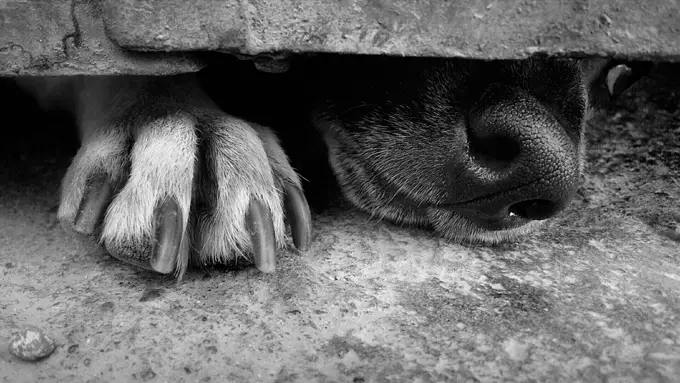Dog owners often face the challenge of trimming their pet’s nails, a task that, while necessary, can sometimes lead to unintended injuries. Bleeding toenails frequently occur when the nail is clipped too short and the quick, a sensitive blood vessel within the nail, is exposed. This can be particularly concerning for both the dog and the owner, as the sight of blood can be alarming.
To prevent this issue, it’s crucial to familiarize yourself with your dog’s nail anatomy. Regular grooming practices can often condition both the owner and the pet to the nail-clipping process, making it less stressful over time. Keeping nails trimmed regularly and identifying where the quick begins will minimize the chances of nicking it in the future.
In the unfortunate event that your dog’s toenail begins to bleed, prompt action is key. One of the most effective immediate remedies is to reach for styptic powder, a standard item in many pet first aid kits. By applying the powder directly to the bleeding nail, you can encourage clotting and stop the bleeding efficiently.
However, should you find yourself without styptic powder, there are alternative methods you can employ. One simple but effective technique is to use a clean cloth to apply direct pressure to the bleeding area. Hold this pressure for around five minutes, as often this is sufficient to halt the bleeding.
Other household items can also lend a hand. For instance, pushing the tip of the bleeding nail into a bar of soap can provide a makeshift seal that aids in stopping the blood flow. If soap is not available, pressing flour or cornstarch into the wound can also serve as a temporary solution.
Post-Injury Care and Monitoring
Once you have managed to stop the bleeding, it’s important to monitor your dog for any signs of infection. Keep an eye on the affected paw closely in the following days. Symptoms indicating a potential infection may include increased sensitivity, swelling, or excessive licking of the injured area. If any of these signs appear, it’s wise to consult with a veterinarian promptly.
To further aid healing, consider soaking the injured paw in warm, salty water. This gentle process—conducted for about five minutes and repeated two to three times daily—can help soothe the affected area and promote recovery, provided the bleeding has entirely ceased.
Maintaining your dog’s toenails is a vital aspect of their overall health and wellbeing. Regular trimmings, conducted with the right tools and techniques, can prevent mishaps like bleeding nails. Always ensure you have a first aid kit ready and consult with professional groomers or veterinarians if you’re uncertain. By being proactive in your approach to nail care, you’ll not only enhance your dog’s health but also contribute to a more trusting and comfortable grooming experience for both of you.

